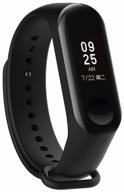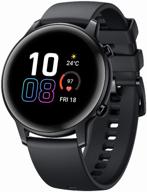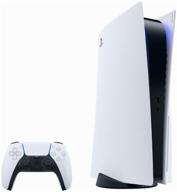
Review on 📷 Fujifilm FinePix S9800: High-Performance Digital Camera with 3.0-Inch LCD (Black) by Justin Pavelko

Excellent performance, excellent value compared to other models and brands in the bridge camera range
This is an excellent bridge camera (superzoom) with excellent performance. 2.9 (wide-angle - 24mm focal length, 35mm equivalent). The widest zoom lens opening (minimum f-number) is F6.5 on a 1200mm 35mm equivalent lens. In general, for a given focal length, a lens will be faster (smaller f-number); it is considered the best and has a higher price. Similarly, digital cameras' shorter focal lengths do not allow for smaller apertures (larger F-numbers like 11, 16, 22), making the cameras unsuitable for use in bright light. unless, They add a neutral density filter in front of the camera to block out bright light. . However, this camera's zoom lens can go up to F19 as it has a built-in ND filter, making it really versatile even for casual users and beginners who can easily use it in bright daylight. The wide-angle lenses range from F2.9 to F8.4. This camera is a relatively new product that offers the latest technological advances such as a new generation processor (camera processor) in addition to the BSI CMOS (Camera Digital Film) sensor. It has a fully electronic viewfinder (EVF) that is otherwise only found on expensive bridge cameras. Exposure is automatically calculated using 256 points commonly used in high-end cameras. On the other hand, however, Fuji, like other major competitors, does not disclose the algorithm/logic it uses to calculate exposure, so the advanced user will not use it and resort to the other two possible settings to calculate average or exposure Can use fixed center (spot) aperture. . In this regard, AEL (Aperture Lock) does not need to be used when shooting complex and fast-moving subjects. Autofocus (AF) is very fast and consistent from shutter to shutter; It's better than other cameras I've compared against. It uses AA-size batteries, which are widely available for a low price (compared to the standard-size lithium-ion batteries found in other cameras). It is also worth noting that this s9800 model is exactly the same as the Finepix s9900w, apart from the lack of Wi-Fi functionality. . The s9900w is typically priced 35-55% more than this model. In my opinion, with a typical JPG image size of 4MB to 7MB, Wi-Fi will be very limited and will take a lot of time for ordinary users to transfer an image to a mobile phone, until someone wants to transfer thumbnails, what defeats the whole purpose of the 16MB camera. Compared to the current competition with other brands in this crowded bridge camera market, cameras with comparable features and EVF, this is a great buy, it's 30%-50% cheaper. Critical side: Some of the less commonly used digital photo settings have been removed from the menu system. Not sure why? May be in order not to scare off a large group of users who only want to use cameras in "automatic mode" as a "point and shoot" camera. There is no thread on the front of the lens for attaching filters or a lens hood. The only option available is to purchase a third party threaded adapter ring and permanently glue it to the front end. Not sure why Fuji decided to drop this feature when it was available in previous models with a similar body size? The user manual, which is available on the accompanying CD, is over 125 pages long, but poorly written and in most cases does not speak for itself or provide details. Everyone, who has used Fuji cameras in the past knows Fuji well. that they reproduce almost natural colors with a wide range of colors in their paintings. Images captured with this camera reproduce a wide range of color tones, particularly in images of people and children. In keeping with this softer tonal style for each color, the color of the sky appears light blue with a slight blue or green-blue tint. Some people really like it, some don't. All other well-known brands do not produce accurate sky colors either, but some major brands choose a rich blue-red sky color and try to mimic the blue-purple color of the sky. You are not sure, whether this is a bandwidth issue with the digital sensors or some other reason? As several other big brands choose blue-red for their sky color, the good news is if you like a deeper bluish color,
- Electronics
- Legacy model
New products
Comments (0)
Top products in 📷 Digital Cameras
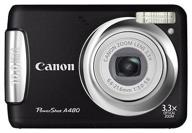
Canon PowerShot A480 camera, black

108 Review
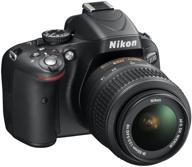
Nikon D5100 Digital SLR Camera with 18-55mm VR Lens - High Resolution 16.2MP

172 Review
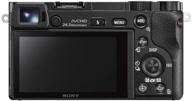
Revamped Sony Alpha a6000 Mirrorless Digital Camera: 24.3MP SLR Camera with 3.0-Inch LCD and Power Zoom Lens

103 Review

Nikon D3100 DSLR Camera Body (Kit Box) - No Lens Included, International Version with No Warranty

298 Review


